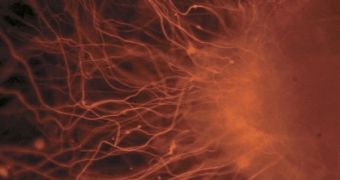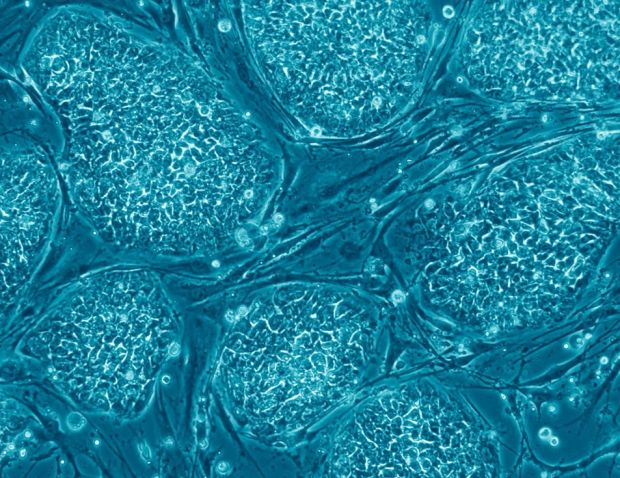Body parts and transplantable organs are among the main things that healthcare experts hope to one day adapt 3D printing technology for. It just so happens that a team from the Netherlands has made a significant stride in that direction.
The group of researchers from the Utrecht University has come up with a way to use stem cells in prints, instead of plastic filament or whatever else.
Adult cells already have an established purpose. Examples are heart cells, liver cells, stomach cells, muscle cells, skin cells, etc.
Stem cells aren't like that. They are, shall we say, a clean slate. The sort of cells that can turn into any other sort of cell.
Fetuses are made of stem cells (mostly) but by harvesting them it's already possible to carry out treatments for various conditions.
The key is that the stem cells can turn into any other cells nearby. It is that ability that the Utrecht University team aims to harness, eventually 3D printing actual organs / body parts.
It will be hard, and it will take a long time. It certainly won't be as easy as replacing a person's skull (and you know something's weird when you say replacing a skull is easy). In addition to stem cells, bio materials and even degradable plastic might have to be used in combination.
The bio-ink currently contains living cells (from patient biopsies), stem cells, and a layer of water-based gel (between each bio-ink layer). Even bone and cartilage should be possible to produce from it, as soon as a 3D printing technique is developed anyhow.

 14 DAY TRIAL //
14 DAY TRIAL // 

